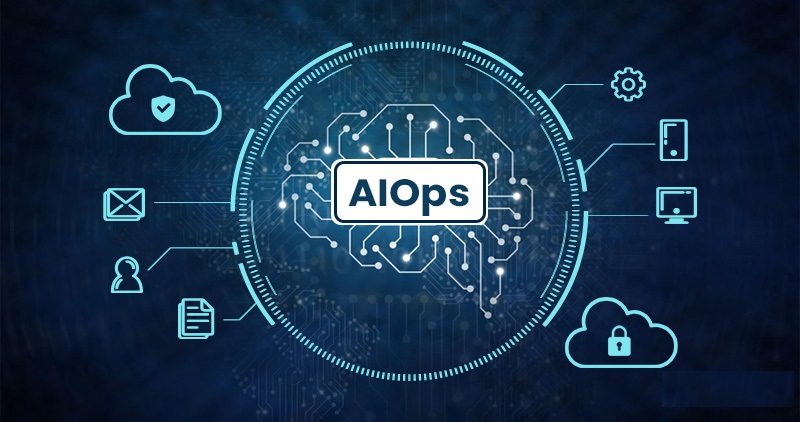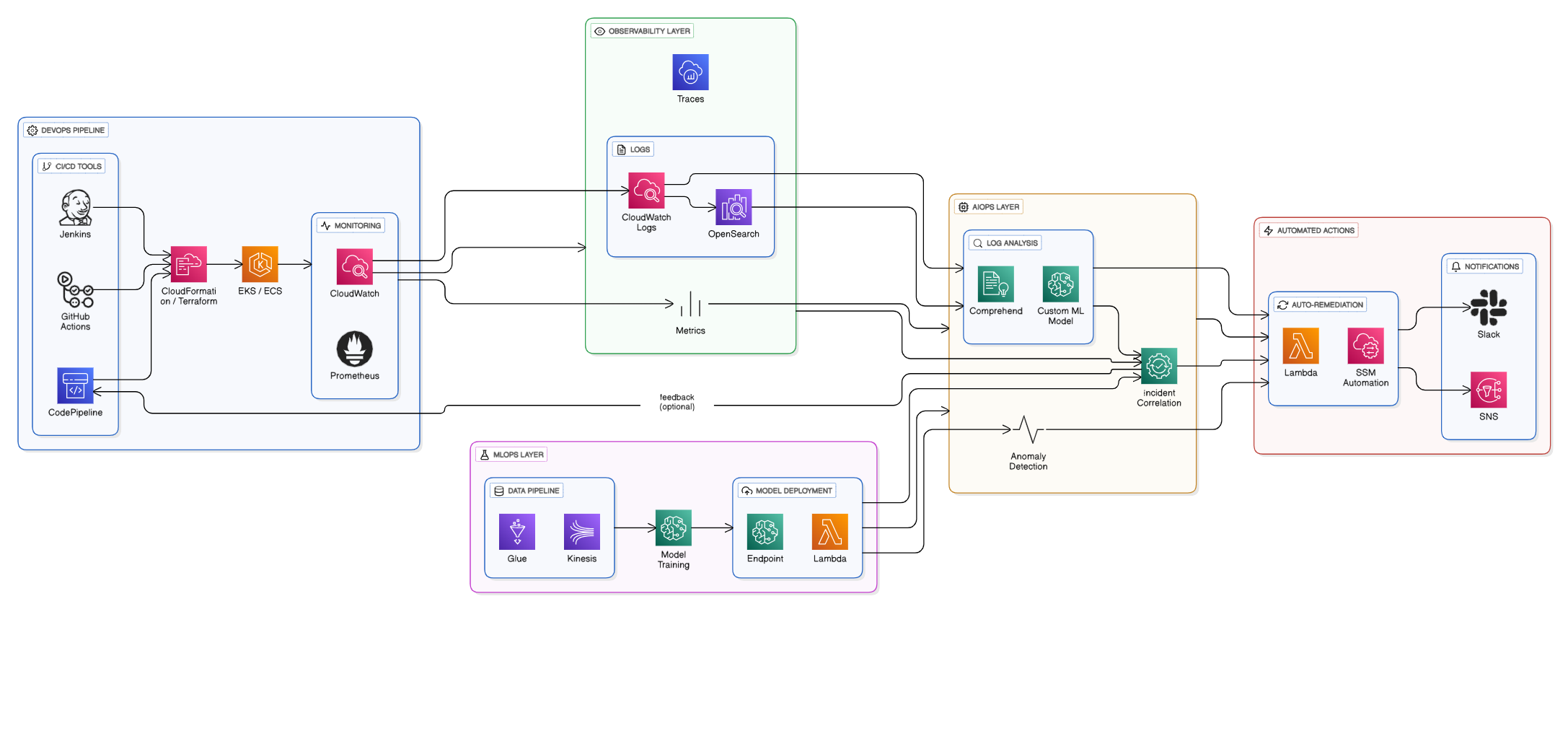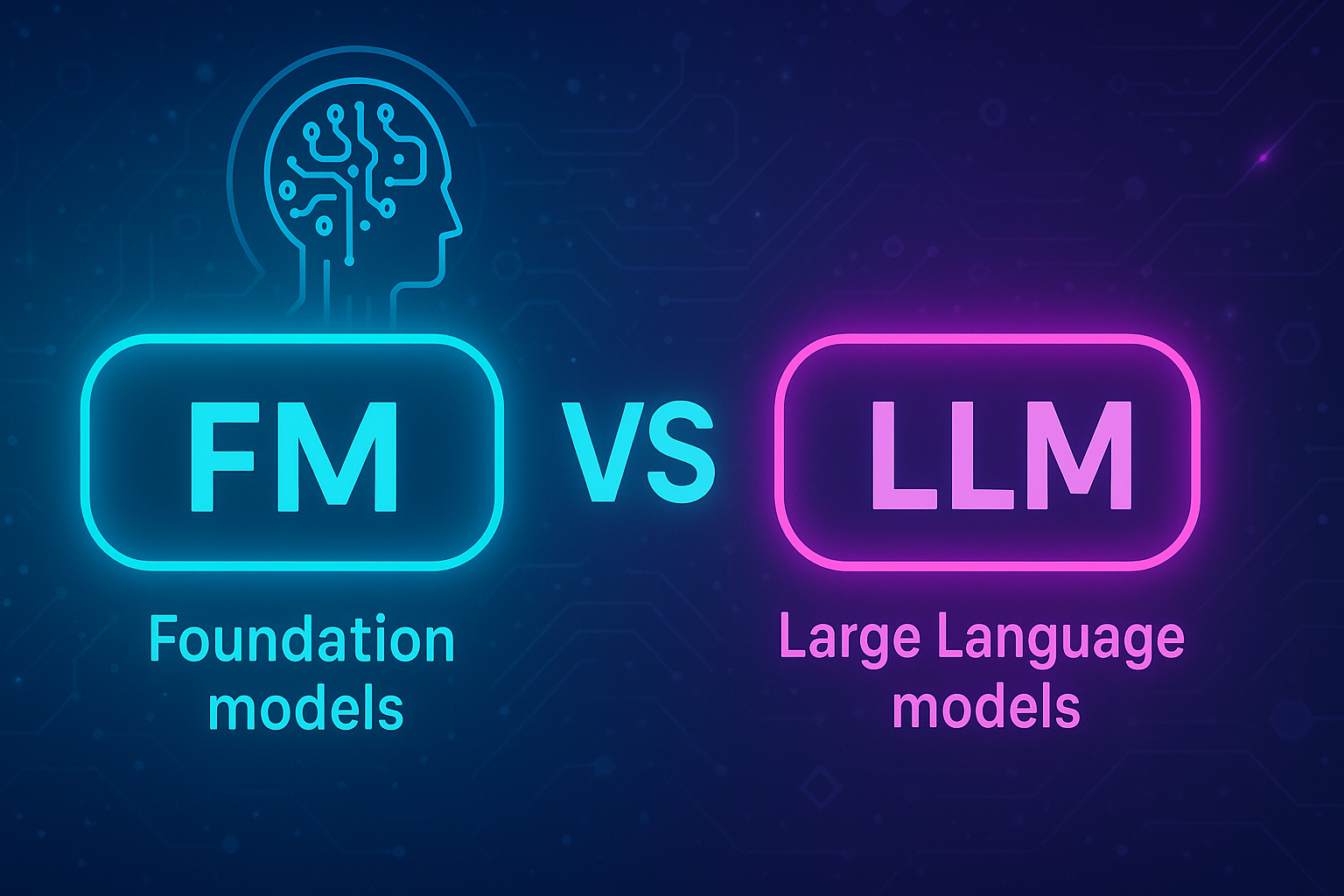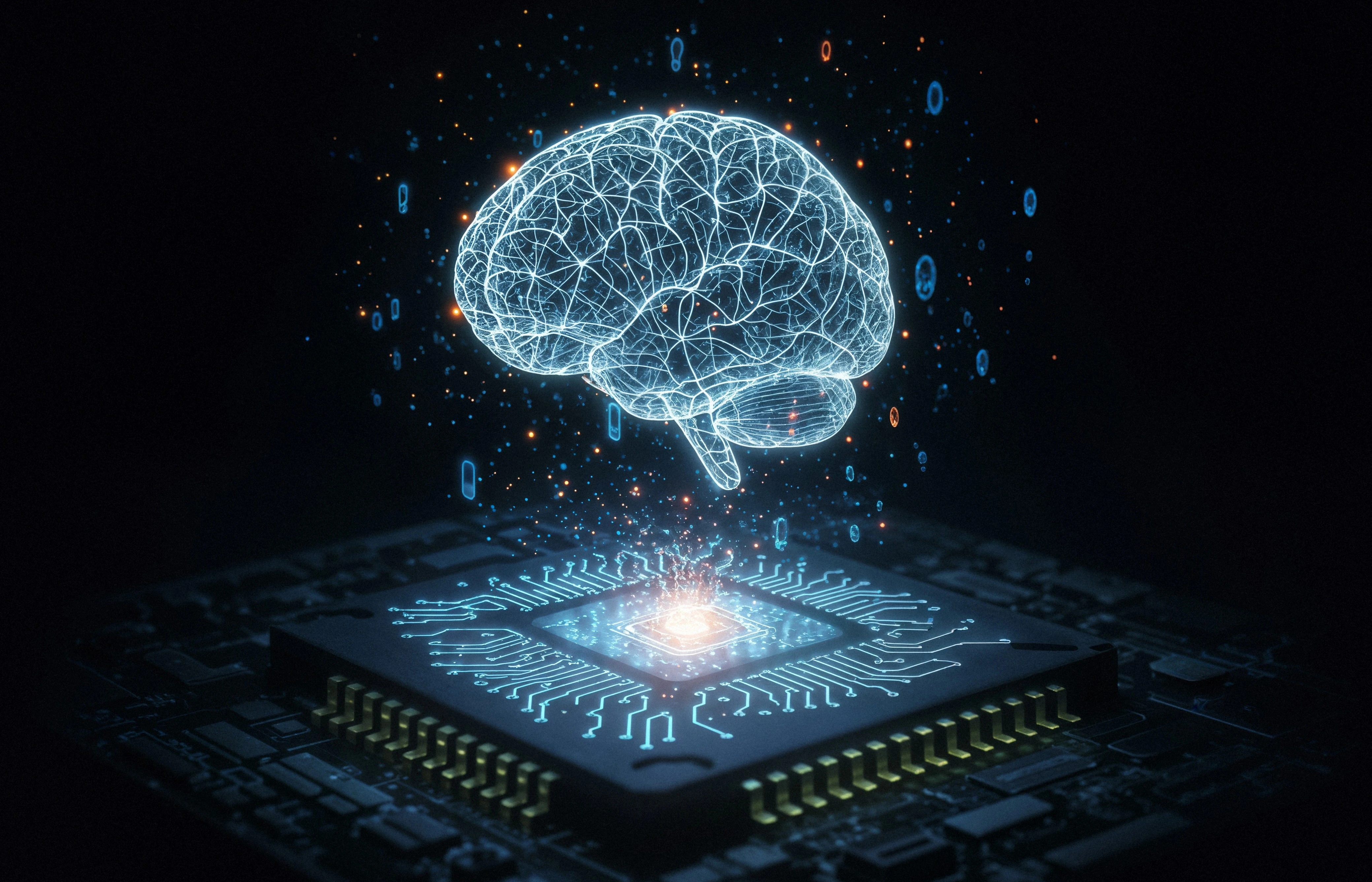Introduction and Importance of AIOps: Transforming IT Operations with AI

Table of Contents
AIOps is short for Artificial Intelligence for IT Operations - the application of big data, analytics, and machine learning to automate, simplify, and transform IT operations. It helps in:
• Anomaly Detection – Finding and extracting aberrant patterns in logs, metrics or traces.
• Root Cause Analysis (RCA) – Self diagnosis of problems.
• Automation Remediation – Initiating a fix without human interaction.
• Predictive Maintenance – Predicting outages before they occur.
Why AIOps Important?
- Reduces mean time to detect (MTTD) and mean time to resolve (MTTR).
- Enables self-healing systems in DevOps pipelines.
- Enhances observability by analyzing large volumes of logs, metrics, and traces.
- Seamlessly integrated with MLOps for model retraining and deployment.
AIOps Architecture with DevOps & MLOps (AWS Example)
The below architecture diagram illustrates, how AIOps fits in to the DevOps pipelines by leveraging the AWS services and MLOps on the model training & deployment.

AIOps integration architecture with AWS services
How AIOps Co-Functions with DevOps & MLOps
1. DevOps Pipeline (CI/CD)
- Code is deployed using AWS CodePipeline or Jenkins.
- Infrastructure is managed via Terraform/CloudFormation.
- Microservices run on EKS/ECS with monitoring via CloudWatch/Prometheus.
2. Observability Layer
- Logs: Sent to CloudWatch Logs or OpenSearch.
- Metrics: Collected by Amazon Managed Prometheus.
- Traces: Tracked via AWS X-Ray.
3. AIOps Layer (ML-based Analysis)
- Anomaly detection: Amazon Lookout for Metrics detects anomalies.
- Log Analysis: Use Amazon Comprehend, or a custom SageMaker model to parse logs for errors.
- Incident Correlation: AWS DevOps Guru identifies root causes using ML.
4. MLOps Layer (Continuous Model Improvement)
- Data Pipeline: AWS Glue/Kinesis processes logs/metrics for training.
- Model Training: SageMaker trains models on historical incidents.
- Model Deployment: Updated models are deployed via SageMaker Endpoints.
5. Automated Actions
- Auto-Remediation: Lambda/SSM Automation applies fixes (e.g., rollback, scaling).
- Alerts: Amazon SNS notifies teams via Slack/Email.
Key AWS Services for AIOps + MLOps
| Category | AWS Service | Purpose |
|---|---|---|
| Logs | CloudWatch Logs, OpenSearch | Centralized log storage & analysis |
| Metrics | Amazon Managed Prometheus | Time-series monitoring |
| Traces | AWS X-Ray | Distributed tracing |
| Anomaly Detection | Amazon Lookout for Metrics | Detects abnormal patterns |
| ML Model Training | Amazon SageMaker | Build, train, deploy ML models |
| Incident Analysis | AWS DevOps Guru | ML-based root cause analysis |
| Auto-Remediation | AWS Lambda, SSM Automation | Automatically fixes issues |
AWS Services for AIOps Implementation
Conclusion
AIOps complements DevOps with ML-driven automation to speed up incident resolution. As we integrate with MLOps, models will get better on a daily basis, making systems more robust. AWS also offers a strong set of tools (such as Sage Maker, DevOps Guru, Lookout for Metrics) to implement AI Ops very well.
About the Author
Soumya Ranjan Swain is a leading researcher in technology and innovation. With extensive experience in cloud architecture, AI integration, and modern development practices, our team continues to push the boundaries of what's possible in technology.

